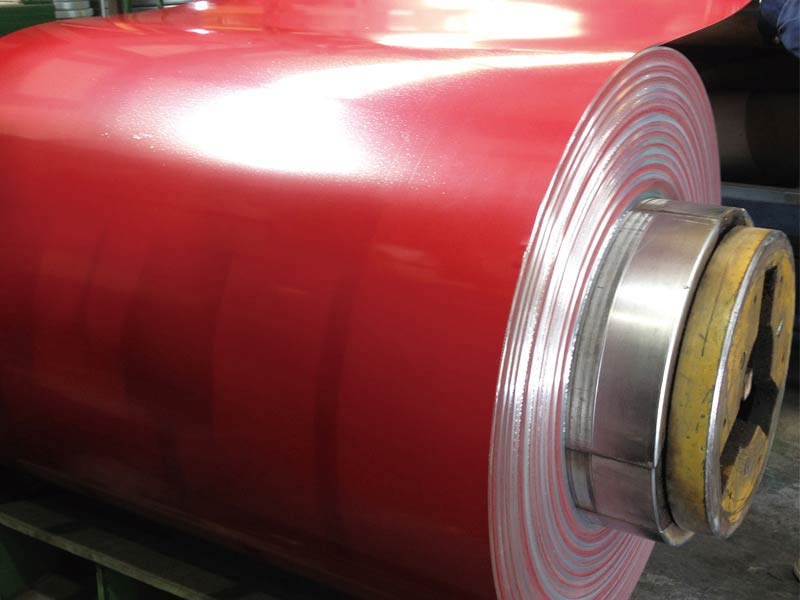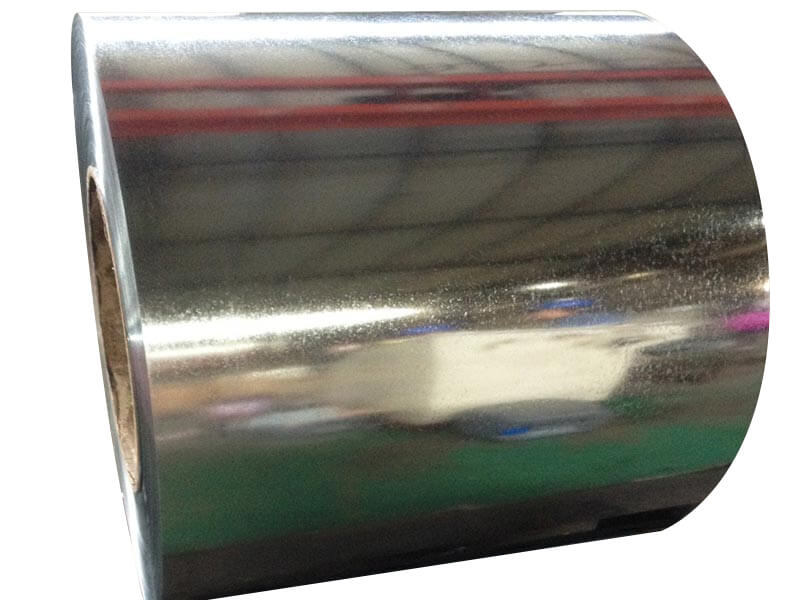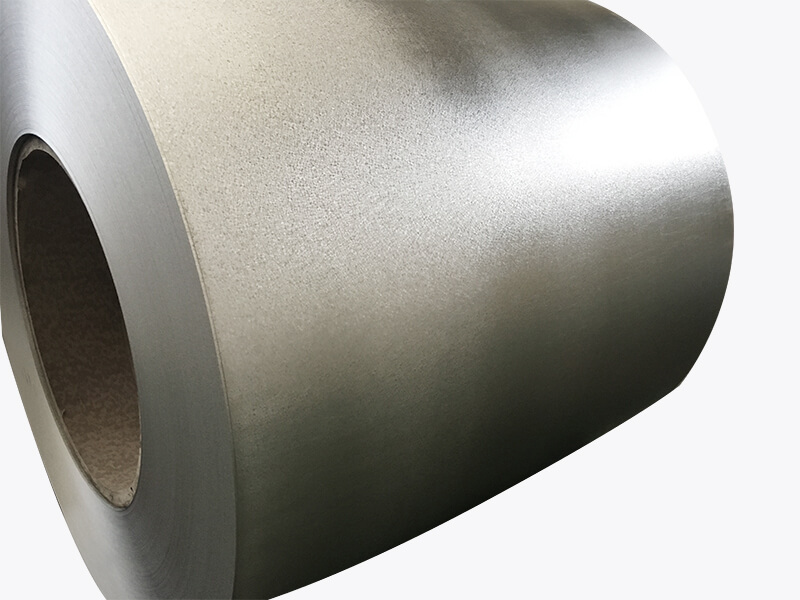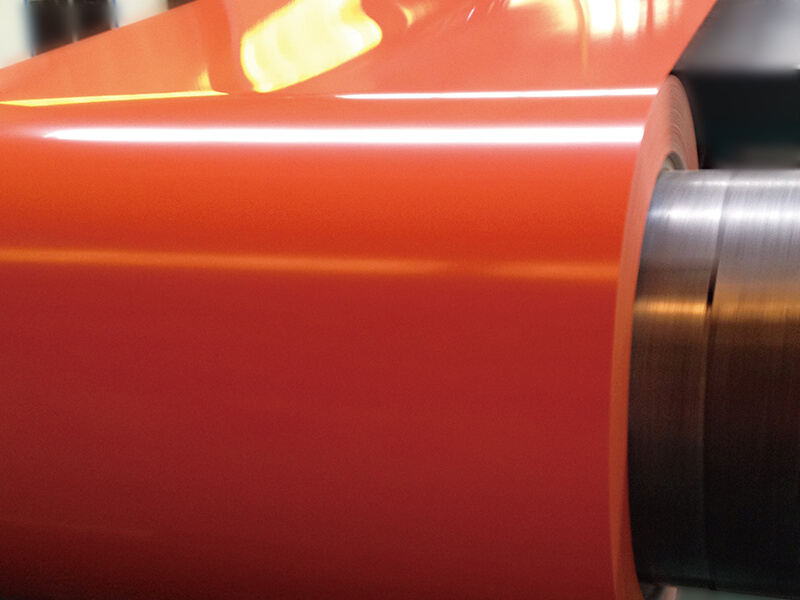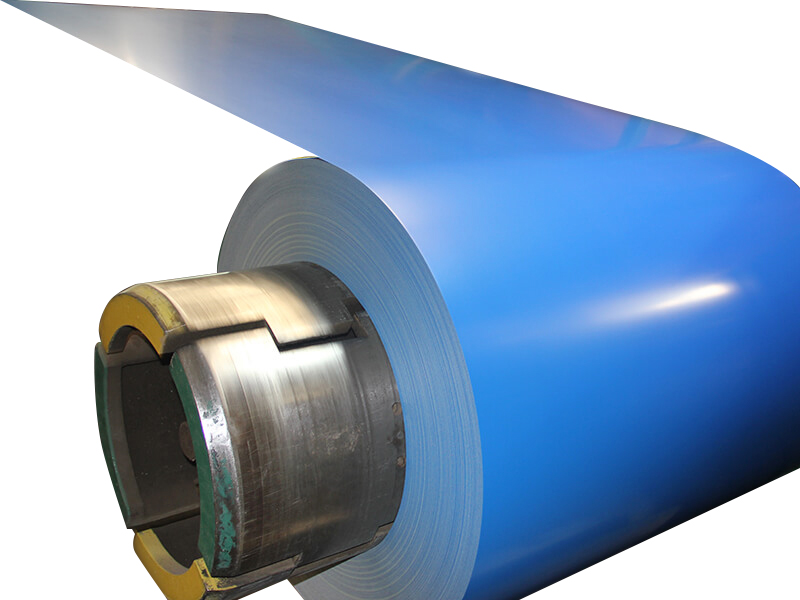Organic-coated steel is created by applying an organic coating material on rolled metal strips through the continuous coil coating process. The application process involves cleaning (if needed), chemical pre-treatment of the side/sides and surface of the metal, multiple or single application of liquid paint, curing in the oven, and then rolling the material into a coil.
The end result is an aesthetically appealing, environmentally friendly, efficient, low-maintenance, corrosion-resistant, durable, and energy-saver steel. This kind of product is ideal for interior and exterior use in producing metal furniture, civil engineering, wall panels, architectural elements of the construction industry, decorative appearance, and roof coverings.
Substrate
The primary material to produce organic coated steel is either cold rolled sheets without metallic coating or hot dip galvanized (with metallic coating) sheets. Cold-rolled substrate (for structural method) comes in Standard DIN 1623/09 and S215G grade while (for drawing method) is EN 10130 Standard and has a grade of DC01 and DC03.
Galvanized substrate (for drawing use) comes in EN 10346 Standard and a grade of DX51D+Z, DX52D+Z, and DX53DZ and (for structural use) has S220GD+Z, S250GD+Z, S280GD+Z, S320GD+Z, and S350GD+Z.
Galvanized and Galvalume are galvanized substrates that are popular in the metal siding and roofing industry. They are both ideal substrates for metal panels. The difference between them lies in how they are created and several factors.
Galvanized steel
The galvanized steel has a zinc alloy coating that is done through hot-dipping. It cleans the steel and then dips it into molten zinc. The process was discovered in the 17th century and was patented by Stanislas Sorel in 1836. This traditional way of coating produces malleable steel that can last up to 20 to 50+ years.
The hardened zinc offers extra protection to the base material, allowing it to withstand corrosion, rust, dents, and nicks. Galvanized steel is widely used in the manufacturing, fabrication, and construction industries.
Pros
- Economical
- Longer lifespan in the right environment
Cons
- More pricey than galvalume
- Susceptibility to red rust
- Use of “oil-can” paints may result in aesthetic distortion on the appearance of flat areas
- No self-healing characteristic
- No substrate warranty
Galvalume steel
This metal sheet is coated with 55% aluminum, 43.4% zinc, and 1.6 silicon. It was invented in 1972 by Bethlehem Steel and can last from 50 to 60+ years. The unique coating of the material is perfect for wall, trim, roof, and accent works. It is also suitable for building applications in high-temperature regions, hurricane zones, and other locations with snowfall or high rain conditions.
Pros
- Economical and reasonably priced
- Has 2x to 4x corrosion resistance
- Comes with a warranty on substrates
- Has self-healing ability from red rusting at the edges
Cons
- “Oil-can” paint does not adhere well and can create waviness or aesthetic distortion to the appearance
- Degrade more quickly during direct contact with concrete, lumber, brick, or iron materials
Organic coating systems
The primary ingredients in the organic coating system come from synthetic carbon-enriched compounds or natural (vegetable or animal) matter. The cohesive and solid coatings deliver additive finishes on the base steel material. They can be found in varnishes, paints, and lacquers.
The coating system refers to the coating applications on the material’s TDE and reverses sides. The top side or the outside of the coil is usually applied with rust, corrosion, and UV-resistant coatings, while the reverse side has layers that help to withstand storage and handling.
Basic coating types
- Primer or the priming coat: The purpose of primer is to provide an inter-coat adhesion between the topcoat and the substrate and generally make the coating system resistant to corrosion. The type of primer depends on the overcoat, application, environment, desired appearance, overall functionality, and thickness of the steel.
- Topcoat or finishing coat: The uppermost or final coating is applied on top of the primer. It is exposed to the elements of the outdoor environment, and its primary function is to protect the steel from corrosion. It also provides the material’s decorative and aesthetic appearance, including its color tone, texture, gloss, and other special effects. The ingredients for the topcoat are comprised of pigments, organic polymers, solvents, and additives.
- Backcoat or backing coat: It is the coating of the reverse side of the sheet, which is typically for decorative purposes only. However, it also doubles up as a protective element of the inside panel. It can be applied with or without a primer. Primer application increases its thickness and better corrosion resistance.
